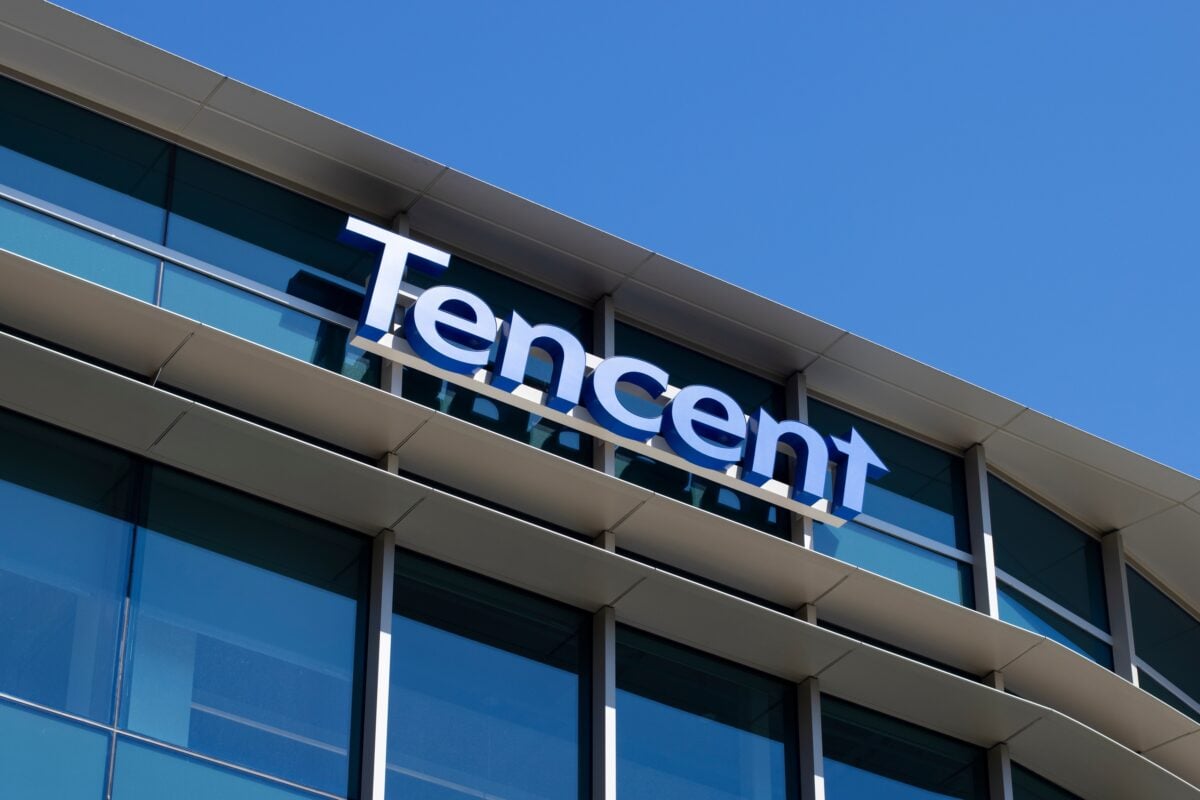Alibaba (BABA) Stock: AI Subscription Platform Launches with JPMorgan Payment System
TLDR
- Alibaba unveils AI subscription service at $20/month or $99/year for B2B supplier search and matching
- December launch features Accio engine for automated supplier discovery and compliance
- JPMorgan partnership brings tokenized blockchain payments to cross-border transactions
- AI Mode integrates directly into Alibaba.com platform for price comparison and logistics
- JPMorgan expands Dubai presence targeting midcap companies worldwide
Alibaba Group announced a new AI-driven subscription service for its B2B platform. The service costs $20 monthly or $99 annually.
Alibaba.com President Kuo Zhang revealed the plans at the CoCreate Europe event in London. He described the move as a complete redesign of global trade operations.
Alibaba Group Holding Limited, BABA
The AI subscription helps businesses locate suppliers through enhanced search technology. It also provides automated price comparisons across multiple vendors.
The company will roll out “AI Mode” in December. This feature integrates agentic AI directly into the Alibaba.com platform.
Accio Engine Powers Supplier Matching
The platform runs on Accio, an advanced search and multimodal analysis engine. Accio identifies unlisted and niche suppliers with specific manufacturing capabilities.
The system automates multiple business processes. These include supplier discovery, logistics coordination, and regulatory compliance checks.
Buyers can use the AI to match their requirements with suppliers they might not find through traditional searches. The technology analyzes product specifications and manufacturing capabilities to create optimal matches.
Alibaba continues consolidating its AI products under the Qwen brand. The company reported strong cloud and AI product demand in recent quarterly results.
Blockchain Payment Solution
Alibaba is collaborating with JPMorgan on a tokenization system for international payments. The technology uses blockchain to simplify cross-border transactions.
Zhang explained the system eliminates the need for payments to route through multiple banks worldwide. US and European buyers can send payments that convert directly without traditional banking intermediaries.
JPMorgan provides its existing tokenization infrastructure for the partnership. The solution functions like stablecoins but operates within JPMorgan’s regulated framework.
The payment system targets the complexity of B2B international transactions. It aims to reduce processing time and transaction costs for platform users.
JPMorgan announced expanded Dubai operations on the same day. The bank is increasing focus on midcap companies across global markets.
The Dubai office will serve as a regional hub for medium-sized enterprise services. This expansion aligns with JPMorgan’s growth strategy in the midcap sector.
The Accio engine begins processing supplier matches when AI Mode launches in December. Subscription pricing remains fixed at $20 per month or $99 annually for B2B platform access.
The post Alibaba (BABA) Stock: AI Subscription Platform Launches with JPMorgan Payment System appeared first on Blockonomi.
You May Also Like

According to Market Analysts This $0.012 AI Token Could Be the Best Investment of the Decade — Ozak AI’s 41,000% Potential Outshines Ethereum’s Early Growth

Crypto On Alert: Raoul Pal Hints At Macro Twist Post-US Govt Shutdown
